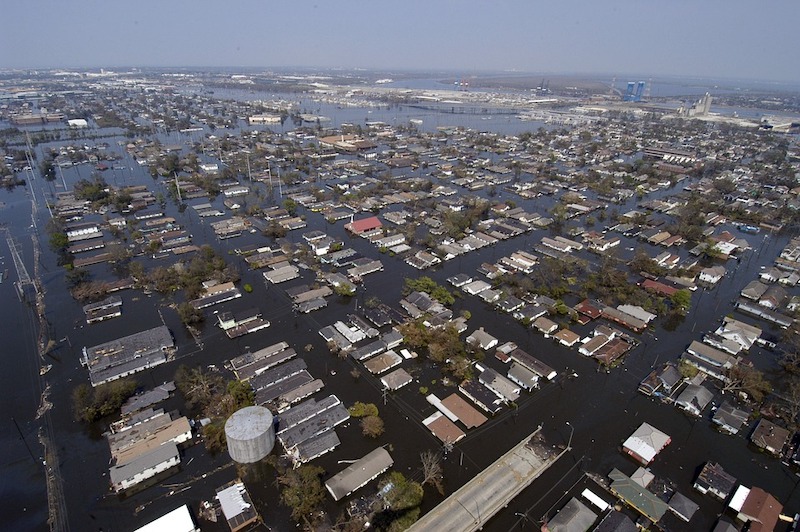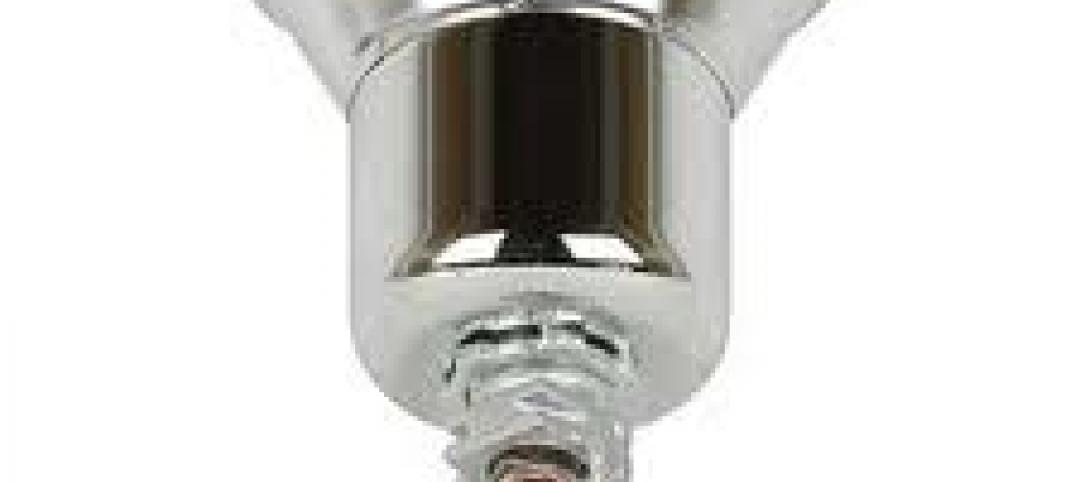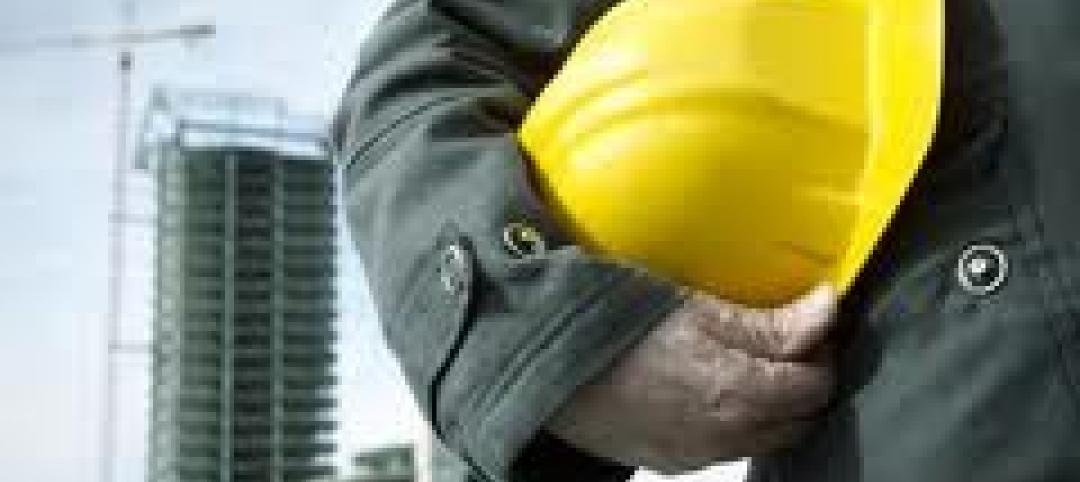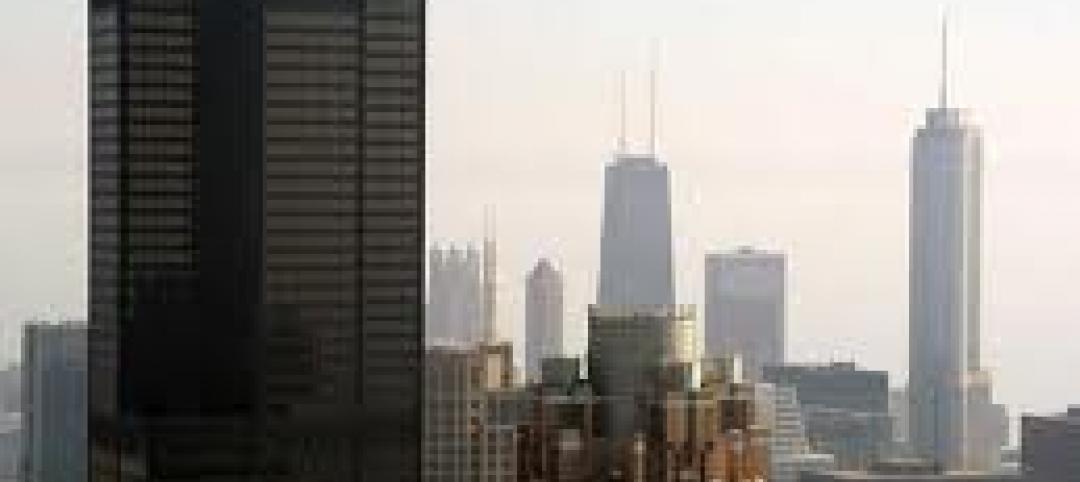The American Institute of Architects outlines an initial path forward for the organization and profession in a new declaration, “Where We Stand: Climate Action.”
“Climate change requires a holistic approach, addressing the interdependencies among people, buildings, infrastructure, and the environment,” said AIA 2019 President William Bates, FAIA, in a news release. “Our training allows us to look for solutions and ways to mitigate climate change comprehensively and creatively, which we do every day.”
The AIA is calling on all architects to support “humanity’s collective call to climate action through an unrelenting commitment to sustainable and resilient design.” The statement provides actionable steps to prioritize and support “exponentially decelerating the production of greenhouse gasses and to make progress towards achieving net-zero emissions in the building sector by 2050.”
The organization will work to encourage passive design techniques, employ energy efficiency measures, adapt existing buildings, and specify low-impact building materials. “It is our responsibility to make the business and financial case to clients to help them better understand and support the need to integrate renewable energy sources into all buildings, making them more sustainable, resilient, and economical,” the release says.
Related Stories
| Mar 22, 2012
Bill would reintroduce “opt-out” provision in lead paint law
The Lead Exposure Reduction Amendments Act of 2012 (S2148) would restore the "Opt-Out" provision removed from the Environmental Protection Agency's Lead Renovate, Repair and Painting (LRRP) rule in April 2010.
| Mar 15, 2012
New Florida building code establishes flood and storm surge provisions
The new 2010 code establishes minimum design and construction requirements to protect buildings from wind, rain, floods, and storm surges.
| Mar 15, 2012
Illinois city rejects international code due to home sprinkler requirement
Macomb, Illinois aldermen voted to recommend that the city not adopt 2012 international building and residential code standards requiring the installation of overhead sprinkler systems in newly constructed one-family and two-family homes.
| Mar 15, 2012
Tenant advocates propose licensing landlords in New York City
With thousands of New York City rental units posing potential dangers to tenants, city advocates are proposing measures to make landlords improve building safety.
| Mar 15, 2012
Construction industry a big winner in federal small disadvantaged business procurement
Last year, only 5% of federal contract dollars went to small disadvantaged businesses. Construction and facilities support firms were the biggest beneficiaries.
| Mar 15, 2012
ANSI approves new fall protection standards
The American National Standards Institute (ANSI) has approved two American Society of Safety Engineers' (ASSE) standards addressing fall protection.
| Mar 8, 2012
Engineering innovation provides new option for meeting seismic codes in skyscrapers
Two University of Toronto engineers have developed “viscoelastic-energy-dissipating dampers” to replace many of the heavy concrete beams used in tall structures.
| Mar 8, 2012
CSI webinar on building code compliance March 22
A March 22 webinar will provide an overview of a 28-step process during the design of a building to ensure compliance with building codes.















